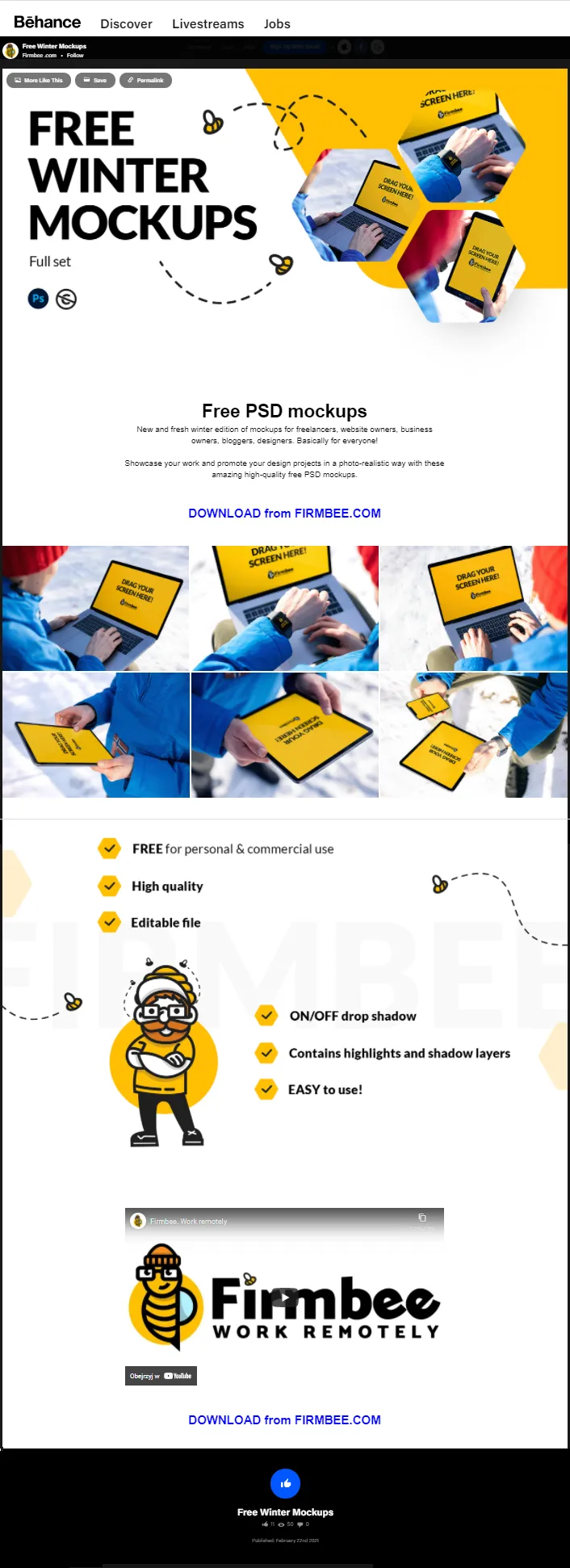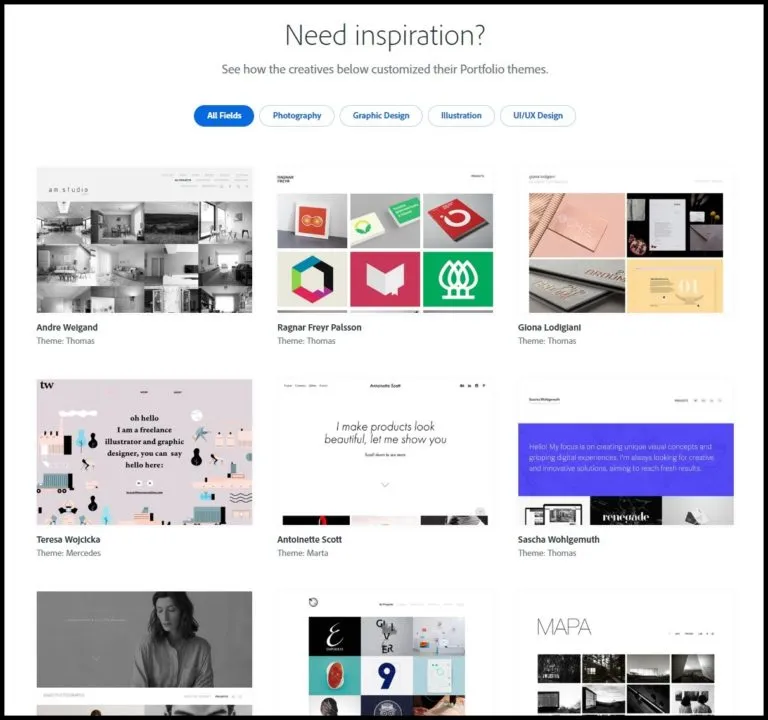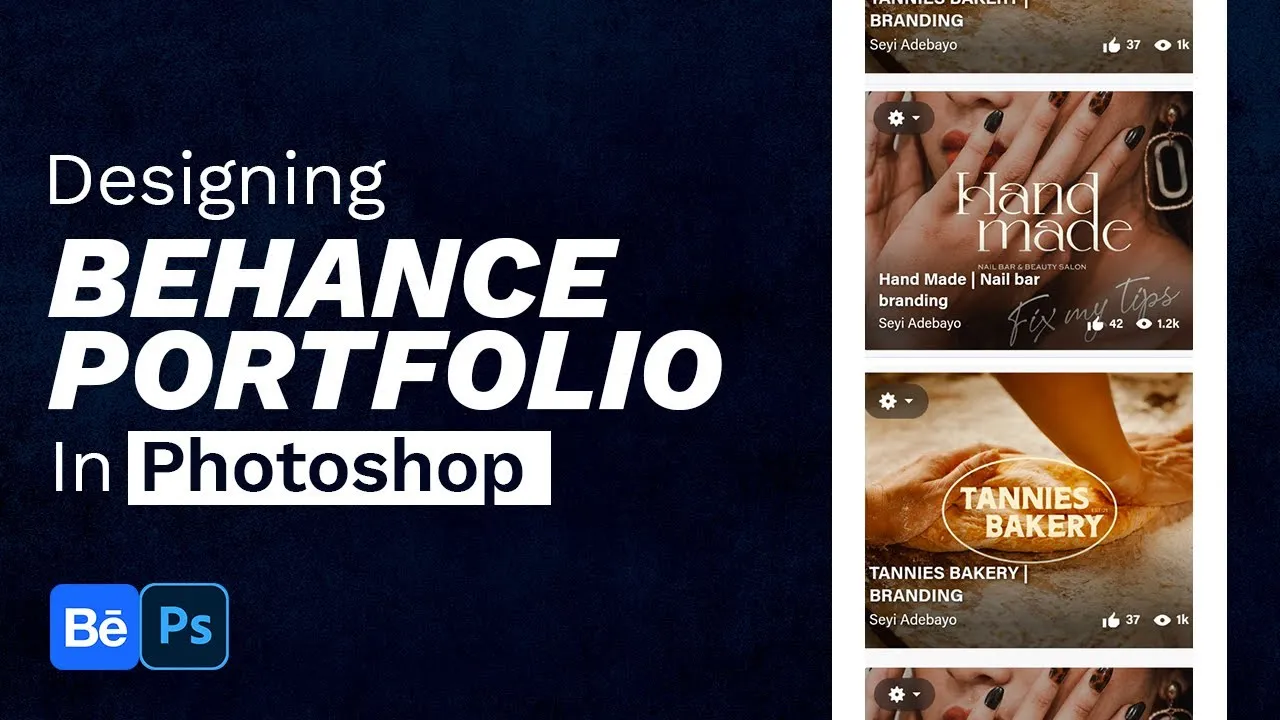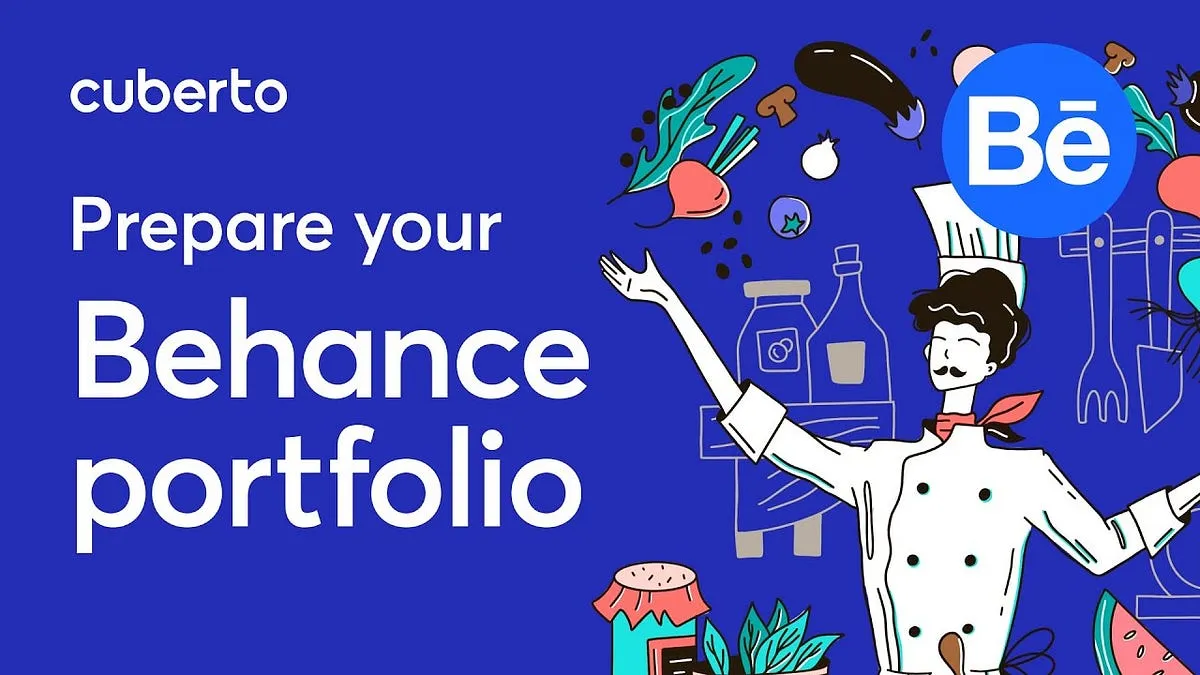Understanding current design trends is key to creating a standout Behance portfolio. Design trends evolve quickly, influenced by technology, culture, and even societal shifts. Here’s how you can keep your finger on the pulse:
- Follow Design Influencers: Platforms like Instagram and Twitter are gold mines for discovering what’s trending. Follow leading designers and firms to get inspiration and insights.
- Review Design Publications: Websites such as Designboom and Dezeen regularly feature cutting-edge work and discussions about contemporary trends.
- Explore Online Communities: Behance itself, along with Dribbble and Reddit, has vibrant communities where designers share work and highlight what’s in vogue.
- Attend Webinars and Conferences: Events such as Adobe MAX or AIGA conferences showcase industry leaders and the latest innovations. These can be invaluable for spotting trends early.
- Search Trend Reports: Websites like WGSN produce comprehensive reports detailing upcoming trends across various design disciplines.
By consistently engaging with these resources, you'll not only identify current trends but also gain inspiration for your own creative projects.
4. Steps to Create an Engaging Behance Portfolio

Creating an engaging Behance portfolio isn’t just about showcasing your work; it’s about telling a story that resonates with viewers. Here’s a step-by-step guide to help you build a compelling portfolio:
- Choose Your Best Work: Limit your portfolio to 10-20 pieces that truly reflect your skills and style. Quality over quantity is crucial here.
- Craft a Strong Project Title: Make it catchy and descriptive. A title like “Redesigning Urban Spaces: A Sustainable Approach” grabs attention immediately.
- Write Descriptive Project Summaries: Provide context about each project. Discuss your process, challenges you faced, and how you overcame them. Use bullet points for clarity.
- Use High-Quality Images: Visuals are the heart of your portfolio. Ensure they are high-resolution, well-lit, and properly cropped to showcase your work effectively.
- Incorporate Process Shots: Show your creative journey! Include sketches, drafts, and iterations to illustrate your thought process.
- Engage with Your Audience: Respond to comments and feedback on your projects. This interaction can lead to valuable connections and opportunities.
- Update Regularly: Make it a habit to refresh your portfolio with new work and remove outdated pieces. This keeps your portfolio relevant and dynamic.
Remember, your Behance portfolio is a reflection of you as a designer. Make it authentic, engaging, and a true representation of your creative journey!
Also Read This: How to See Which Lab is Printing Your Photos on ShootProof
Optimizing Your Portfolio for Visibility

Creating a stunning Behance portfolio is just the first step; making sure it's visible to the right audience is crucial. Here are some effective strategies to enhance your portfolio's visibility:
- Use Relevant Keywords: Incorporate keywords that resonate with your niche. For instance, if you're a graphic designer focusing on branding, include terms like "brand identity" and "logo design" in your project descriptions.
- Engage with the Community: Like, comment, and share other artists' projects. This not only builds relationships but also increases your profile's visibility when you engage actively.
- Optimize Images: High-quality images attract more views. Make sure your project images are crisp and colorful. Use a mix of close-ups and wider shots to showcase details and context.
- Maintain an Updated Profile: Regularly update your profile to reflect your latest skills and projects. An active profile is more likely to be featured in Behance's curated galleries.
- Promote on Social Media: Share your Behance projects on platforms like Instagram, Twitter, and LinkedIn. Tailor your posts to each platform for maximum impact.
By applying these strategies, you can significantly increase the visibility of your Behance portfolio and attract potential clients or collaborators.
Also Read This: How to Make Cornstarch at Home with This Easy DIY Tutorial
Showcasing Your Best Work Effectively

Your portfolio is a reflection of your creativity and skills, so it’s essential to showcase your best work effectively. Here’s how to make each project shine:
- Select Quality Over Quantity: Choose a handful of your best projects rather than showcasing everything. Aim for 5-10 pieces that truly represent your style and expertise.
- Tell a Story: Every project should narrate a story. Use the project description to outline your process, challenges faced, and how you overcame them. This adds depth and context to your work.
- Include Process Shots: Showcasing your workflow can engage viewers. Include sketches, prototypes, or drafts to highlight your creative journey.
- Use Engaging Titles: Craft compelling titles for each project that spark interest. Instead of "Logo Design," try "Transforming Brand Identity Through Bold Design."
- Highlight Results: If your project had measurable results, like increased engagement or sales, make sure to include those stats. Use bullet points or infographics for a clearer presentation.
By effectively showcasing your work, you’ll not only impress viewers but also create a memorable impression that could lead to exciting opportunities.
Also Read This: Imago Images vs. Shutterstock Which One Should You Choose
7. Leveraging Feedback and Community Engagement

Creating a standout Behance portfolio goes beyond just showcasing your work; it’s about engaging with a community and being open to feedback. The design world thrives on collaboration and input, making community engagement a vital aspect of your portfolio's success.
*1. Seek Constructive Feedback: One of the best ways to improve your portfolio is to ask for feedback. Share your projects with fellow designers, friends, or even on design forums. Utilize platforms like Reddit or specialized design groups on Facebook to gather insights. When asking for feedback, consider these questions:
- What do you think of the color palette I used?
- Is the layout user-friendly?
- How does my work resonate with current design trends?
2. Engage with the Community: Behance is more than just a portfolio site; it’s a vibrant community. Follow other designers, comment on their work, and participate in discussions. Not only does this help build relationships, but it also increases your visibility. Plus, you can learn a lot from others' projects. Check out interactive projects or case studies that resonate with you and leave thoughtful comments.
3. Join Design Challenges: Participating in design challenges on Behance can be a game-changer. These challenges not only push your creative boundaries but also allow you to connect with like-minded individuals. Plus, they often garner a lot of attention, boosting your portfolio’s visibility.
8. Conclusion and Next Steps
Creating a Behance portfolio that reflects the latest design trends is an ongoing journey. It’s about more than just uploading projects; it involves a blend of strategic planning, community engagement, and continuous learning.
Next Steps to Consider:
- Regularly Update Your Portfolio: Keep your portfolio fresh by adding new projects that highlight your skills. Aim to post at least once a month.
- Follow Industry Trends: Stay updated with the latest design trends by following design blogs, influencers, and attending webinars.
- Analyze Performance: Use Behance’s analytics tool to see which projects get the most views and interactions. This can guide your future work.
- Network Beyond Behance:* Attend local design meetups, workshops, or online webinars to expand your professional network.
Remember, your portfolio is a dynamic reflection of your design journey. Embrace feedback, engage with the community, and let your passion for design shine through every project you showcase!